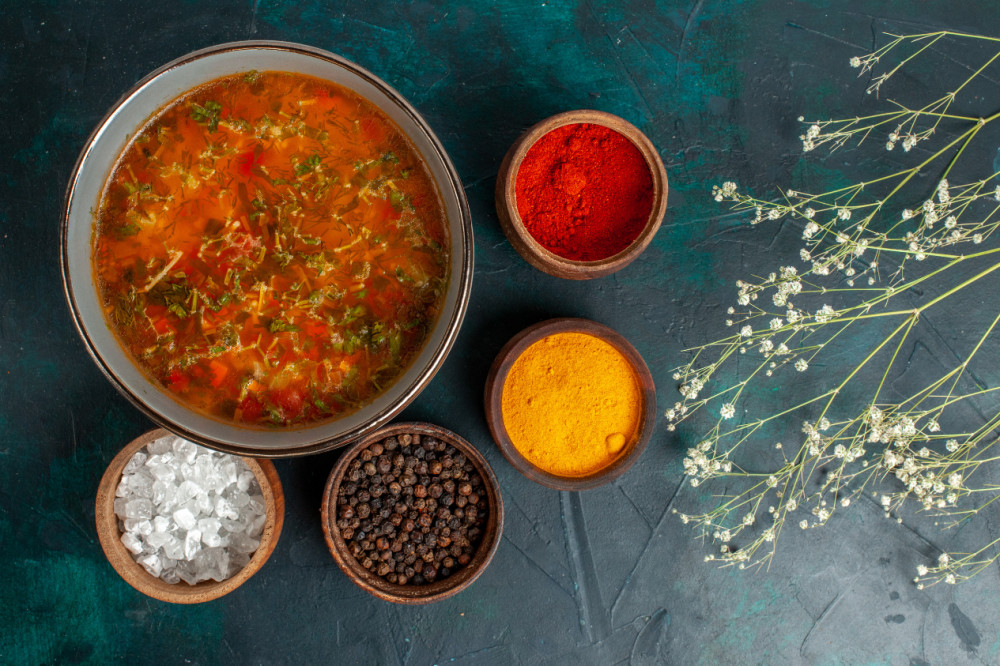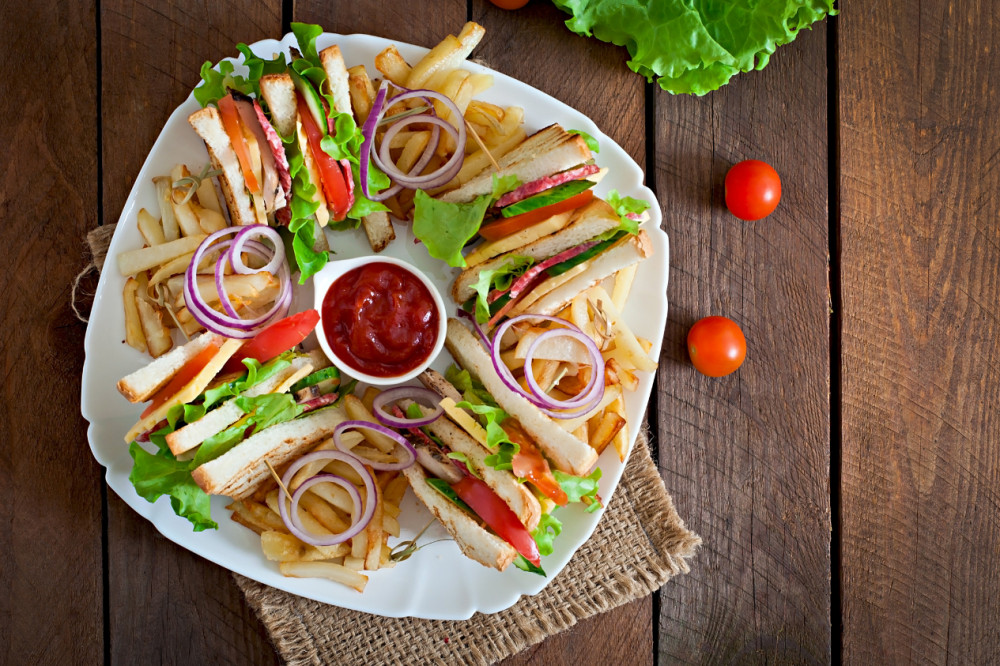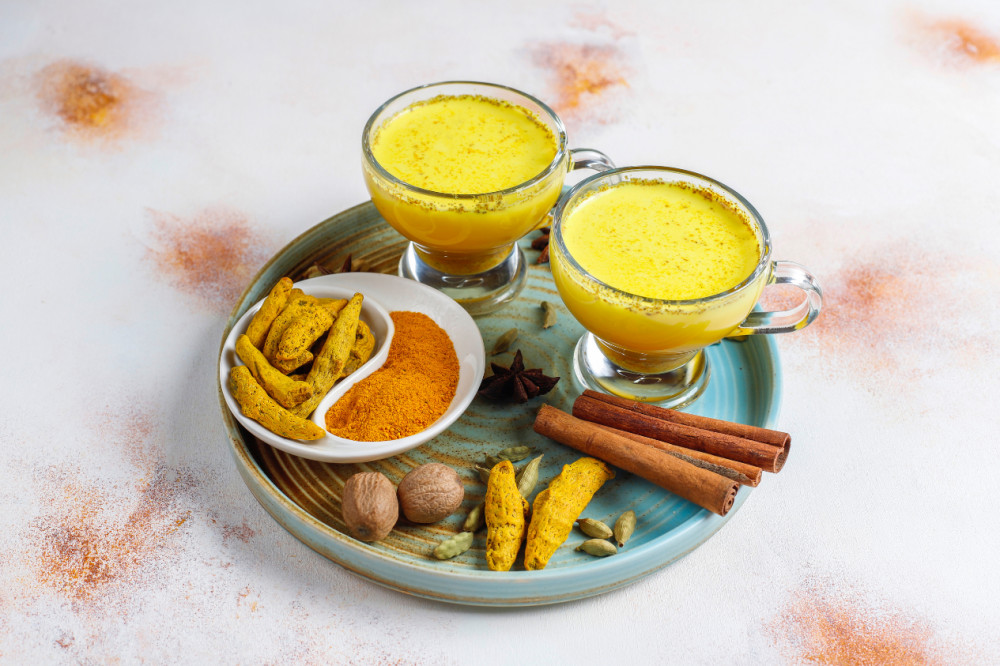
Bihu Festival

With the rhythm of the pepa and the beat of the dhol, let’s welcome Bihu - embrace the warmth and every smiling face is the gesture of upholding the spirits of Rongali Bihu. The golden fields swaying with joy and the air filled with the aroma of pithas and laru mark the arrival of Bihu. Every hand kneading rice flour and every voice singing ‘Bihu naam’ upholds the heritage of Assam. Let’s feel alive and proud to enjoy Rongali Bihu.
Is there any other way other than food to best celebrate a festival? No! Foodism has brought you the most loved recipes of Assamese Bihu aka Rongali Bihu, let’s celebrate the festival with these delicacies -
Narkol Pitha
Ingredients:
- Rice flour – 2 cups (sun-dried rice, ground finely)
- Grated fresh coconut – 1 cup
- Jaggery (grated) – ½ cup (adjust to taste)
- Cardamom powder – ½ tsp
- Water – as needed
Method:
- In a pan, add grated coconut and jaggery.
- Cook on low heat until it thickens and comes together. Add cardamom powder and let it cool.
- Heat a dry tawa or griddle on low flame.
- Lightly sprinkle rice flour in a thin rectangular or circular shape (about 6–8 inches).
- As it slightly cooks (don’t let it brown), place 1–2 tbsp of filling in the centre.
- Gently roll the rice flour wrap over the narkol filling using a flat spatula or hand.
- Press the ends lightly to seal.
- Your narkol pitha is ready to be best enjoyed warm or at room temperature. Can be stored for 2–3 days.
Til Pitha
Ingredients:
- Rice flour – 2 cups (finely ground)
- Black sesame seeds – 1 cup (roasted).
- Jaggery – ¾ to 1 cup (grated)
- Water – as needed
Method:
- Dry roast sesame seeds and crush lightly.
- Mix with grated jaggery to make a coarse, sticky filling.
- Heat tawa, and sprinkle a thin, even layer of rice flour in an oval shape.
- Let it cook slightly (shouldn't brown). Add 1–2 tbsp of sesame filling in the centre.
- Roll it while still hot and soft. Seal both ends of the pitha.
- Once cool, Til Pithas can be stored in an airtight container for 4–5 days.
Tip: Temperature control is important while making pithas.
Aloo Pitika
Ingredients:
- Potatoes – 3 medium-sized (boiled and peeled)
- Mustard oil – 1 to 2 tbsp (raw, cold-pressed preferred)
- Green chillies – 1 to 2 (finely chopped)
- Onion – 1 small (finely chopped, optional but traditional)
- Salt – to taste
- Fresh coriander – a few sprigs (chopped, optional)
Method:
- Boil potatoes until soft. Peel and mash them while warm for a smoother texture.
- Mix in chopped green chillies, onions, and salt.
- Drizzle raw mustard oil (this is the hero ingredient – don’t skip it!). Add coriander if using.
- Combine everything until the aloo pitika is smooth and fluffy.
- Taste and adjust salt or mustard oil.
- Enjoy hot! Aloo Pitika is best served with steaming rice and dal.
- Tip: Use small local potatoes in aloo pitika for better taste and texture.
Masor Tenga
Ingredients:
- Rohu fish (or any freshwater fish) – 500g (cut into medium pieces)
- Tomatoes – 2 to 3 (chopped or pureed)
- Mustard seeds – 1 tsp
- Fenugreek seeds – ½ tsp (optional)
- Turmeric powder – 1 tsp
- Salt – to taste
- Mustard oil – 3 to 4 tbsp
- Lemon juice – 1 to 2 tsp (or Thekera [dried mangosteen] if available)
- Fresh coriander – for garnish
- Water – 2 to 3 cups
Method:
- Marinade the fish pieces with salt and turmeric. Let it sit for 15–20 mins.
- Heat mustard oil in a kadhai until smoking point, then reduce the heat.
- Shallow fry the fish pieces till golden on both sides. Set aside.
- In the same oil, add mustard seeds (and fenugreek if using).
- Add chopped tomatoes. Cook until soft and pulpy.
- Add turmeric and salt, then pour in 2–3 cups of water. Bring to a gentle boil.
- Carefully add fried fish pieces to the simmering curry. Cook for 5–7 minutes till flavors blend.
- Squeeze in lemon juice or add a couple of soaked thekera pieces for that traditional tang.
- Garnish with fresh coriander leaves and turn off the heat.
- Your masor tenga is ready to be enjoyed hot with steaming rice.
- Tip: The curry of masor tenga should be light, don’t make it thick and spicy.
Nimokhia Kordoi
Ingredients:
- All-purpose flour (maida) – 2 cups
- Carom seeds (ajwain) – ½ tsp (optional, for flavour)
- Salt – to taste
- Oil – 2 tbsp (for the dough)
- Water – as needed (for kneading)
- Oil – for deep frying
Method:
- In a bowl, mix flour, salt, ajwain (if using), and 2 tbsp oil.
- Gradually add water and knead into a firm but pliable dough. Cover and let it rest for 20 minutes.
- Divide dough into small balls.
- Roll each into a thin oval or rectangular shape (about 4–5 inches long).
- Make slits vertically along the centre without cutting through the edges (like a comb pattern).
- Gently pinch and fold the ends together to form the kordoi/star fruit shape. You can also twist it slightly to give that natural curl.
- Heat oil in a kadhai. Fry the shaped kordoi in medium-hot oil until golden brown and crisp.
- Remove on paper towels to drain excess oil.
- Serve as a tea-time snack or store in airtight containers once cooled.
- Tip: If you want your nimokhia kordoi to be a bit spicy, then add a little chilli powder and chaat masala after frying.
Khar
Ingredients:
- Raw papaya – 1 medium-sized (peeled and grated or chopped finely)
- Mustard oil – 2 tbsp
- Panch phoron (Assamese five spice mix) – 1 tsp
- Khar water – 1 cup (or use ½ tsp baking soda as a substitute)
- Salt – to taste
- Water – 1 to 1.5 cups (depending on consistency)
To make khar (the ingredient):
- Take sun-dried banana peels (preferably of a local variety).
- Burning them to ash.
- Mix the ash with water, letting it settle.
- The clear water at the top is the alkaline filtrate used in cooking.
Method:
- Add panch phoron and let it sizzle.
- Sauté for 3–4 mins until it softens slightly.
- Mix well, add salt, and pour in some extra water if needed.
- Cover and cook till papaya is soft and the flavours are absorbed.
- Once the papaya is fully cooked and the liquid slightly reduces, switch off the heat.
- Some versions add a touch of mustard oil at the end for extra aroma.
- Your khar is ready to be enjoyed with hot rice or as a starter. Khar in Assamese cuisine is always served first followed by dal, fish curry or tangy dishes like masor tenga.
- Tip: You can make khar with raw banana, pumpkin, bottle gourd or lentils (as dal khar). Also, keep the dish minimum in spices; it should be subtle and soothing.
Laru / Laddoo
Til Laru / Laddoo
Ingredients:
- Black or white sesame seeds – 1 cup
- Jaggery (grated or crushed) – ¾ to 1 cup
- A few drops of water (if needed)
Method:
- Roast on medium heat until they start popping and release aroma, make sure not to burn them.
- In a pan, melt jaggery with a tiny splash of water until it forms a sticky syrup (soft ball stage – check by dropping a bit in cold water; it should form a soft ball).
- Turn off the heat, and quickly mix in the roasted sesame seeds.
- While warm, grease your palms and shape them into small balls.
- Your til laru is ready; once cooled, store it in an airtight container.
Narikol Laru / Laddoo
Ingredients:
- Grated fresh coconut – 2 cups
- Jaggery (grated) – 1 cup
- Cardamom powder – ½ tsp
Method:
- In a heavy pan, cook coconut and jaggery together on low flame.
- Stir continuously till it thickens and starts leaving the sides of the pan (about 10–15 mins). Mix in cardamom powder.
- Let it cool slightly, then shape into balls while still warm.
- You can store your narikol laru well for a few days in a cool, dry place.
- Tip: For a richer flavour, add a tsp of ghee while cooking the narikol filling. Also, you can add crushed peanuts for a twist to your regular narikol laru
Xaak Aru Bhaji
Ingredients:
- Mixed green leafy vegetables (like lai xaak, paleng, moricha, manimuni, etc.) – 2 cups, chopped
- Mustard oil – 1 to 2 tbsp
- Garlic – 4 to 5 cloves (crushed or finely chopped)
- Green chillies – 1 or 2 (slit)
- Potato or pumpkin (optional) – chopped into small cubes
- Salt – to taste
- A pinch of turmeric (optional)
Method:
- Wash and chop the xaak thoroughly. Let them drain completely.
- In a kadhai or pan, heat mustard oil until it reaches the smoking point.
- Lower the heat and add chopped garlic and green chillies. Let them sizzle till aromatic.
- Add potatoes or pumpkin now and sauté with a pinch of turmeric and salt. Cook until soft.
- Add the chopped xaak. Stir well and cook uncovered on medium heat.
- Stir occasionally till the greens wilt and all the moisture evaporates.
- Taste and adjust salt. Drizzle a few drops of raw mustard oil at the end for extra punch (optional).
- Serve xaak aru bhaji with steamed rice, dal, or as a side with fish curry.
- Tip 1: For a non-veg version, add bits of dried fish (shidol) or fermented bamboo shoots for depth.
- Tip 2: You can combine different xaaks — each has a unique flavour. A mix of lai xaak + spinach + manimuni works great.
As the beat of dhol fades away, the essence of Assamese Bihu will linger in our hearts - reminding us to celebrate every festive occasion with life and love. Stay connected to Foodism to make your festivals delightful with such amazing recipes. For more - Download Foodism NOW!
To understand more about cultural trends and the history of Bihu - Read our Magazine here !
Related Blogs

Warm Spices, Cold Valleys: Comfort Food from Kashmir
42 Views

5 Wholesome Lunchbox Meals You Can Cook in 20 Minutes
42 Views

10 Sandwiches That Go Beyond Bread: From Vada Pav to Bao Buns
41 Views

Post-Festival Detox Recipes: Indian Drinks & Light Meals to Refresh
75 Views

Sweet vs Savory Menu Ideas: Balance Festive Indulgence
143 Views